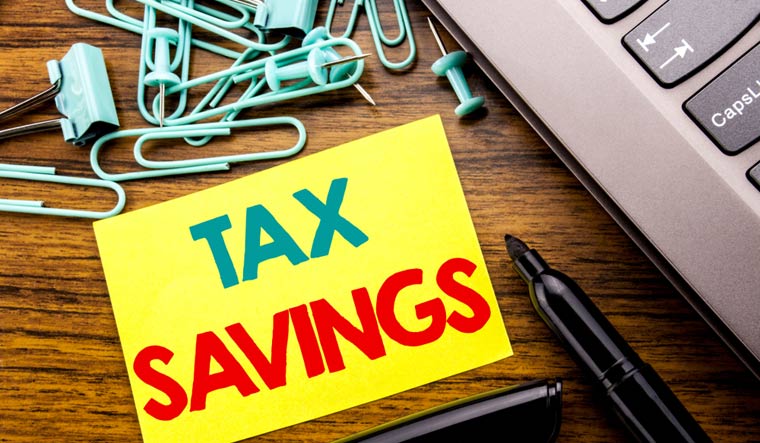Starting tax planning process at the beginning of the financial year not only helps you align your investments with your financial goals but also allows you to comfortably utilise all the deductions and save maximum tax possible.
Typically, many salaried start their tax-saving investment around November or December, when employers ask to fill up investment declaration. Due to this, they start investing or buying products in the last three or four months of the financial year, resulting in a major portion of salary going towards tax-saving investments.
Suppose you want to exhaust the ₹1.5 lakh limit available under Section 80C. If you start from May onwards, you will need to invest ₹13,636 every month, not considering the employee provident fund or EPF contribution. If you do it in the last three months, you will need to invest ₹50,000 a month.
If you want to use other deductions like 80CCD (for investment in NPS), 80D (for health insurance), etc., your outgo could be much higher. By starting early and contributing a small amount regularly, you can exhaust all deductions and don’t feel burdened towards the last few months of the financial year.
Starting early helps you analyze your asset allocation and invest based on your goals. If you want to maintain an asset allocation of 70% in equities and 30% in debt. Accordingly, you can invest every month in equity-linked savings scheme (ELSS) and public provident fund (PPF) or voluntary provident fund.
Other benefits include ELSS, where you can start with a systemic investment plan (SIP) that helps average the purchase cost by investing small amounts at regular intervals. Some investments compound quarterly. Saving every month can yield slightly higher returns by quarterly compounding than investing at once towards the end of the financial year.
Above all, it will make you disciplined, and will help you save better for other goals in life.


